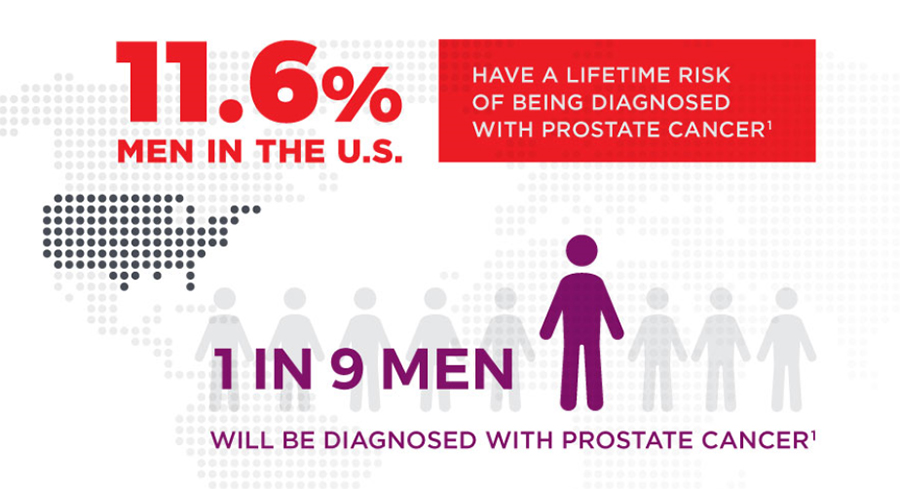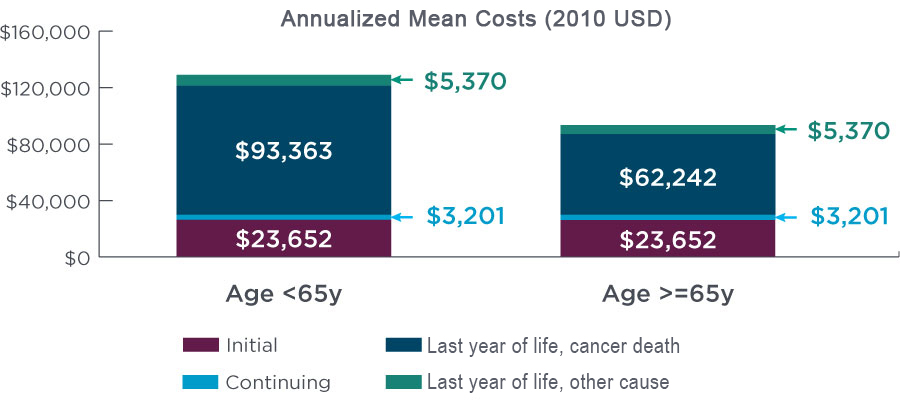*Beckman Coulter, the stylized logo, and phi are trademarks or registered trademarks of Beckman Coulter, Inc.
1National Cancer Institute (NCI). Cancer of the Prostate - Cancer Stat Facts. SEER. https://seer.cancer.gov/statfacts/html/prost.html. Accessed 24 Jul. 2019.
2Hoffman, RM. “Screening for Prostate Cancer.” Updated 16 Jul. 2019. https://www.uptodate.com/contents/screening-for-prostate-cancer . Accessed 14 Aug. 2019.
3U.S. Census Bureau. “American Community Survey 1-year estimates.” Retrieved from “Census Reporter Profile page for United States.” 2017. http://censusreporter.org/profiles/01000us-united-states/. Accessed 9 Sept. 2019.
4Draisma G, Etzioni R, Tsodikov A et. al. “Lead Time and Overdiagnosis in Prostate-specific Antigen Screening, Importance of Methods and Context.” J Natl Cancer Inst, vol. 1101, no. 6, 2009, pp. 374–383.
5White J, Shenoy BV, Tutrone RF et. al. “Clinical Utility of the Prostate Health Index (phi) for Biopsy Decision Management in a Large Group Urology Practice Setting.” Prostate Cancer Prostatic Dis, vol. 21, 2018, pp. 78–84.
6Tosoian JJ, Druskin SC, Andreas D et. al. “Use of the Prostate Health Index for Detection of Prostate Cancer Results from a Large Academic Practice,” Prostate Cancer Prostatic Dis, vol. 20, no. 2, 2017, 2013, pp. 228–233.
7Loeb S, Vellekoop A, Ahmed HU et. al. “Systematic Review of Complications of Prostate Biopsy.” Eur Urol, vol. 64, no. 6, 2013, pp. 876–892.
8Altok M, Chapin B, Pisters L et. al. “PD43-09 Cost Analysis of Different Prostate Biopsy Modalities.” J Urol, vol. 197, no. 4S, 14 May 2017, p. e821. https://www.auajournals.org/doi/10.1016/j.juro.2017.02.1914. Accessed 1 April 2017.
9Mariotto AB, Yabroff KR, Shao Y, Feuer EJ and Brown ML. “Projections of the Cost of Cancer Care in the United States: 2010–2020.” J Natl Cancer Inst, vol. 103, no. 2, 2011, pp. 117–128.
10Vincent GK and Velkoff VA. “The Next Four Decades: The Older Population in the United States: 2010 to 2050, Population Estimates and Projections.” U.S. Department of Commerce Economics and Statistics Administration, U.S. Census Bureau, P25-1138, 2010.
11Loeb S, Sanda MG, Broyles DL et. al. “The Prostate Health Index (phi) Selectively Identifies Clinically-significant Prostate Cancer.” J Urol, vol. 193, no. 4, Epub 2014, pp. 1163–1169 doi: 10.1016/j.juro.2014.10.121.
*phi results are intended to be used as an aid in distinguishing prostate cancer from benign prostatic conditions in men 50 years of age and older with total PSA results in the 4-10 ng/mL range and negative digital rectal examination findings.
 English
English






